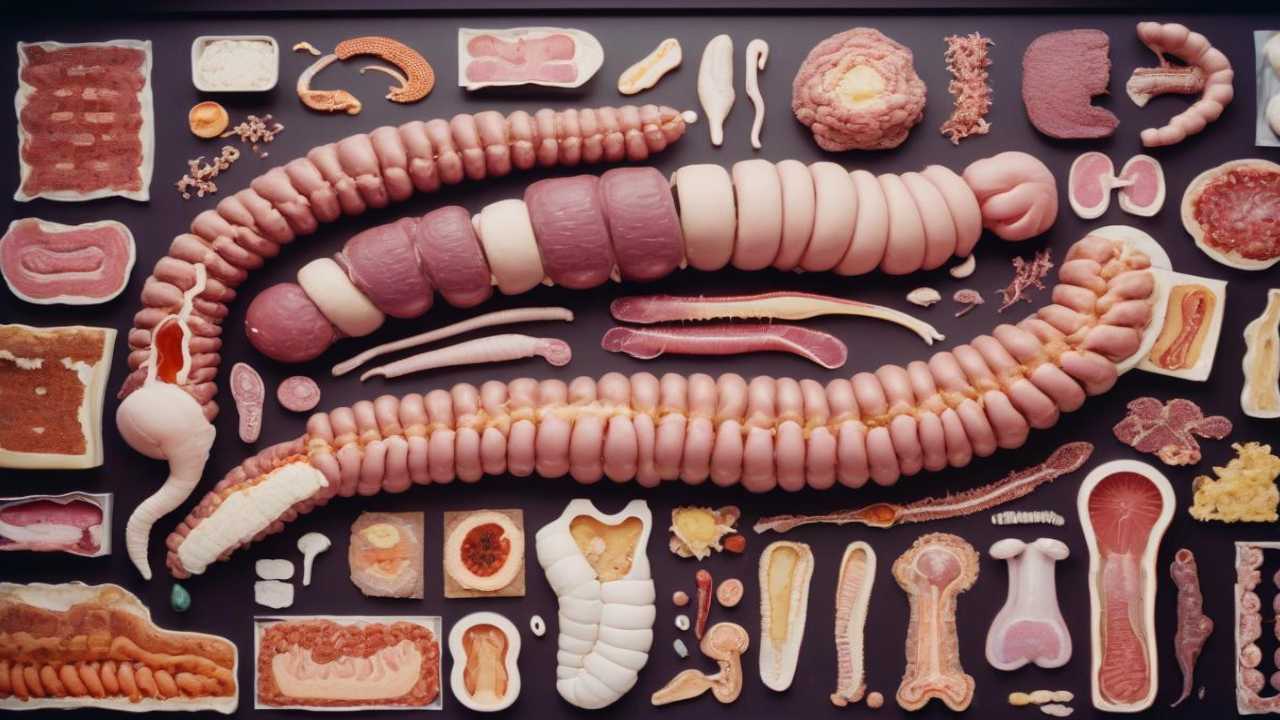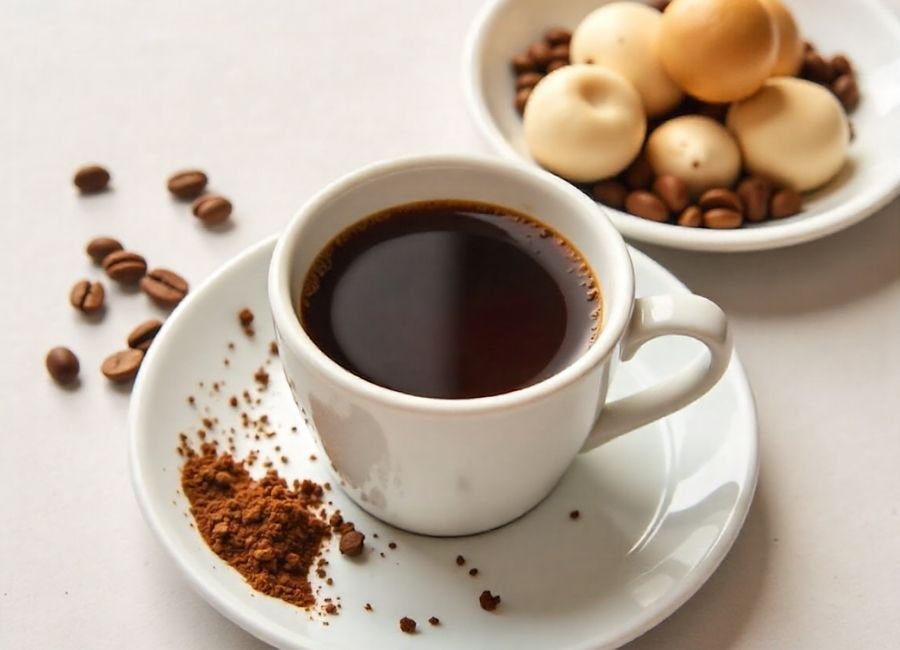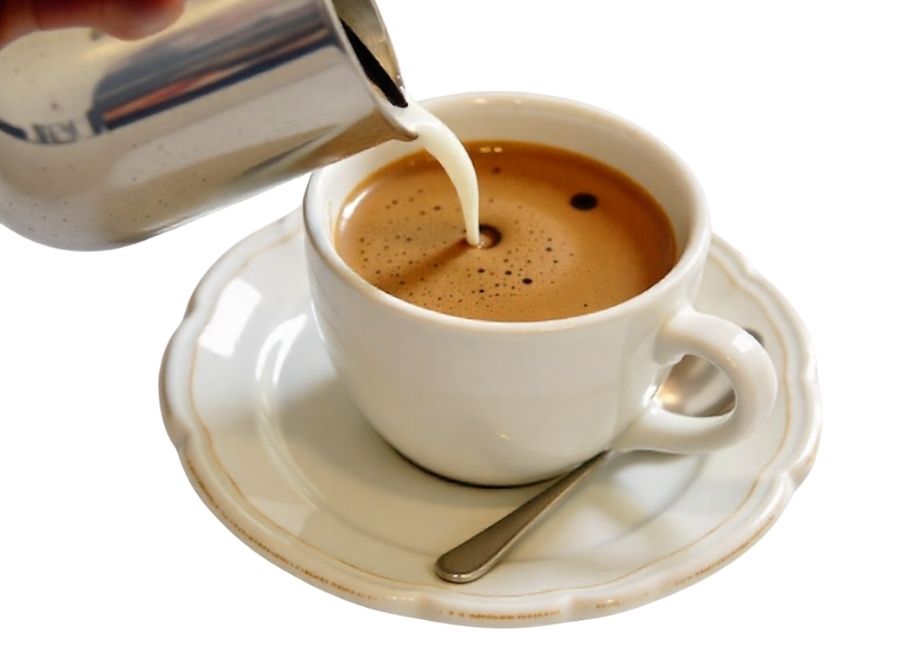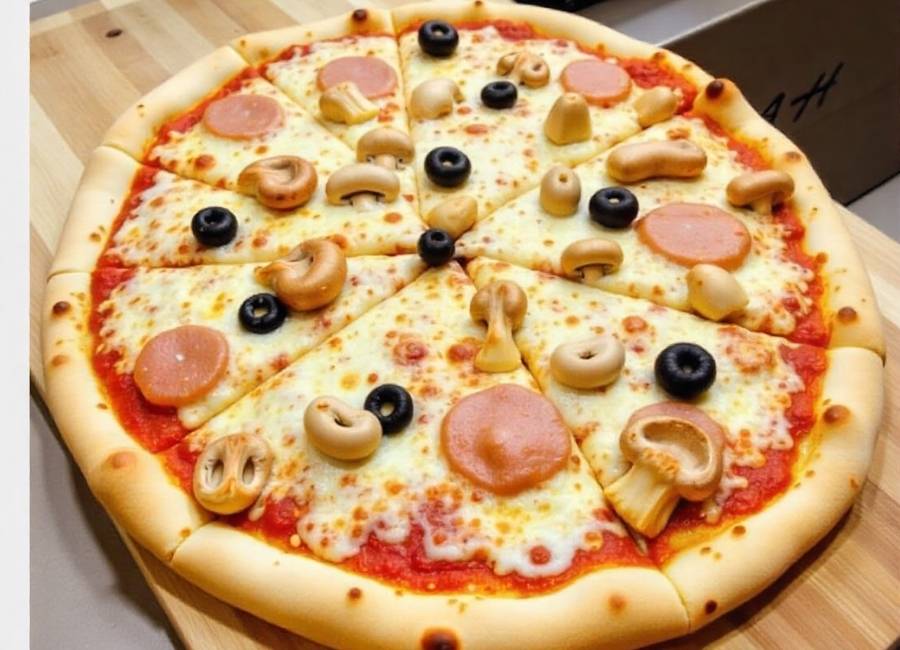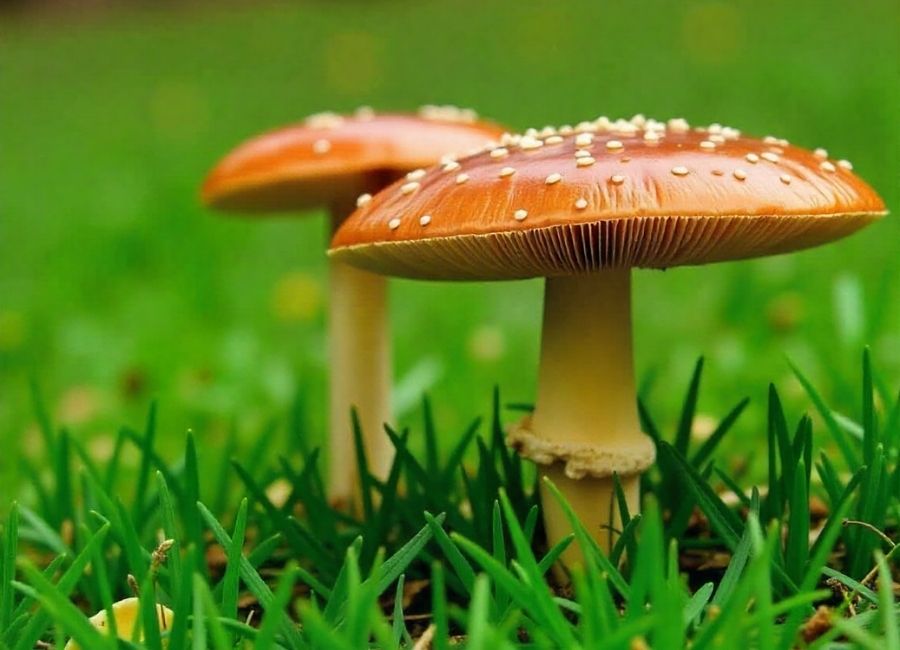Have you ever wondered what happens to your food after you eat it? The digestive system is an extraordinary biological assembly line from the first bite to the final nutrient delivery to your cells. Whether you’re a nutrition enthusiast looking to understand your body better or a biology student curious about the science, understanding the breakdown of food in the digestive system is key to grasping how we fuel ourselves daily.
This blog will take you on a step-by-step exploration of what happens as food journeys through the digestive system. You’ll learn how different enzymes process your favorite meals, the role of each organ involved, and why efficient digestion is critical for your overall health. By the end, you’ll have a newfound appreciation for the complex machinery that powers our bodies.
What Happens to Food During Digestion?
Digestion is our body’s way of breaking down food into smaller, absorbable components like carbohydrates, proteins, and fats. These nutrients are then used for energy, growth, and cellular repair. The intricate process involves mechanical and chemical breakdowns as food travels from the mouth through the digestive tract to the intestines.
Here’s how digestion unfolds in stages:
- Mechanical breakdown physically reduces food into smaller pieces.
- Chemical breakdown uses enzymes and digestive juices to transform food into molecules your body can absorb.
Whether eating a slice of pizza or a kale salad, every morsel follows the same path. Let’s examine these stages more closely.
The Role of the Mouth (It All Starts Here)
The process begins in your mouth, where digestion is mechanical and chemical.
Mechanical Digestion:
Your teeth break down food into smaller pieces through chewing (mastication). This increases the surface area, making it easier for enzymes to act on the food.
Chemical Digestion:
While you chew, your salivary glands act, secreting saliva rich in an enzyme called amylase. Amylase begins breaking down complex carbohydrates (like bread) into simpler sugars. Ever notice how a cracker starts to taste sweeter the longer you chew? That’s amylase doing its thing.
The result? A soft, lubricated mass of food called a bolus is ready to slide down your esophagus.
Down the Hatch: Food Travels Through the Esophagus
Once the bolus is swallowed, it enters the esophagus—a muscular tube that connects your throat to your stomach. Peristalsis (a series of wave-like muscle contractions) moves the food downward. Here’s something fascinating—peristalsis is so powerful that it can move food to your stomach even if you’re upside down!
No digestion occurs in the esophagus. Its sole purpose is to act as a transportation highway for food. Within seconds, the bolus reaches your stomach.
The Stomach (Where the Magic Intensifies)
The stomach is where food meets a potent mix of mechanical and chemical digestion. Think of the stomach as your body’s internal food processor.
Muscular Churning:
The stomach walls contract to churn the food, breaking it down into smaller fragments.
Digestive Juices:
Stomach lining cells release gastric juices, hydrochloric acid (HCl), and enzymes like pepsin. Pepsin is key in breaking down proteins into smaller peptides. The acidic environment also helps kill bacteria and activates the enzymes.
After a couple of hours, the result is a thick, partially digested liquid called chyme.
Fun Fact:
Did you know the stomach has a protective mucus lining to prevent the acid from digesting itself? Without it, the stomach could sustain damage.
The Small Intestine (Where Nutrients Are Absorbed)
Next stop, the small intestine, the hero of digestion! At over 20 feet long, this organ is where the bulk of nutrient absorption happens.
Here’s what unfolds in the small intestine:
The Duodenum (first section of the small intestine):
Jejunum and Ileum (remaining sections of the small intestine):
Water Absorption:
The large intestine absorbs water and electrolytes, turning the liquid waste into solid stool (feces).
Gut Bacteria:
The colon is home to trillions of bacteria known as the gut microbiome. These bacteria feast on indigestible fibers and produce beneficial compounds like vitamins (e.g., vitamin K) and short-chain fatty acids.
Finally, the waste is pushed to the rectum, awaiting evacuation.
Why Does Efficient Digestion Matter?
Efficient digestion helps ensure your body gets the nutrients it needs. Problems like bloating, nutrient deficiencies, or chronic conditions like irritable bowel syndrome (IBS) can arise when digestion falters. Additionally, poor digestion can leave you feeling constantly tired or sluggish, as your body needs more energy.
Tips to Support Digestive Health
Here are a few ways to keep your digestive system in tip-top shape:
Chew Your Food Thoroughly:
This eases the workload for your stomach and enzymes.
Stay Hydrated:
Water helps move food smoothly through the digestive tract.
Eat Fiber-Rich Foods:
Foods like fruits, vegetables, and whole grains nourish gut bacteria and promote regularity.
Limit Processed Foods:
High-fat, low-fiber foods can disrupt digestion and slow bowel movements.
Exercise Regularly:
Physical activity encourages peristalsis.
Consider Probiotics:
Supplements or foods rich in probiotics (like yogurt or kefir) can help balance your gut microbiome.
Understanding Digestion Empowers Better Health
The breakdown of food in the digestive system is a complex but beautifully orchestrated process. Each organ—from your salivary glands to your intestine—turns meals into the building blocks of life. By learning how your body digests food, you can make smarter decisions about what you eat and how you care for your health.
Want to explore nutrition and digestion more? Please share this blog with others or bookmark it for future reference. Here’s to better food, better health, and happier bellies!






